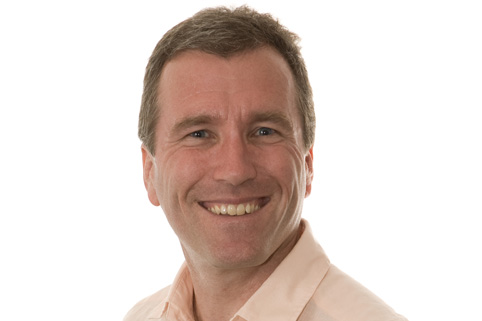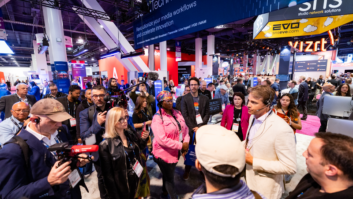
What does progress look like for the broadcast and video technology industry in 2016, and what will be the major talking points at NAB this year that will best inform us about the evolution of our marketplace? Bruce Devlin, chief scientist at Dalet, continues the discussion.
“I’m all for progress; it’s change I can’t stand”, said Mark Twain. Either the link between progress and change should be visible in the broadcast and video technology industries, or Mark Twain got it wrong with his humour.
Fortunately, there is a lot of overlapping change taking place at the moment. With Samsung and LG announcing reductions in 3D display manufacturing the ultra high definition, high dynamic range, wide colour gamut, high frame rate revolution is gathering pace. Each of these new technologies for enhanced video is a tool for storytellers to change the way video communication work. Whether the story is a movie, a football match or the news, tools like high dynamic range make the picture better for 100 per cent of viewers rather than the 70 per cent of viewers reached by 3D.
The cost of this progress is the reinvention of all the signal processing from camera through to display to ensure the extra bits required exist in every device, every software process and all workflow steps. Anyone who has seen the results will understand how compelling the pictures are and will get excited at the opportunities for new sales of products and services throughout the supply chain.
If that seems exciting but economically difficult to get off the ground globally, then the prospect of streamlining the delivery chain of finished content by using the new IMF standard from SMPTE is one of the unspoken marvels of technology that will change our world forever (SMPTE ST 2067). Software technologists have long known the power of incremental workflows and software versioning tools. IMF does that for media as a standardised auditable format that’s software and MAM friendly. Recent interoperability trials showed great results from vendors making this SMPTE standard a reality. Economic savings in QC, storage and processing all stem from using IMF in versioning workflows.
The final hot topic is professional IP transport. The Video Services Forum release of TR-03 along with the AMWA’s Network Media Incubator project on the discovery of IP services show that the migration to IP working is no longer a future technology. The standards exist, the products exist, they interoperate and the savings are not about replacing an SDI workflow with an IP workflow. It’s all about replacing a fixed function infrastructure with a versatile one that allows the media business to quickly take advantage of new opportunities. New to spin up an extra four channels for a sports event? IP infrastructure with SDN (software-defined networking) radically changes the economics and speed with which this can be done.
We’re at the start of one of the biggest disruptive curves that we’ve seen since the introduction of colour technology. I do hope that there are enough people who understand this technology to go around.







